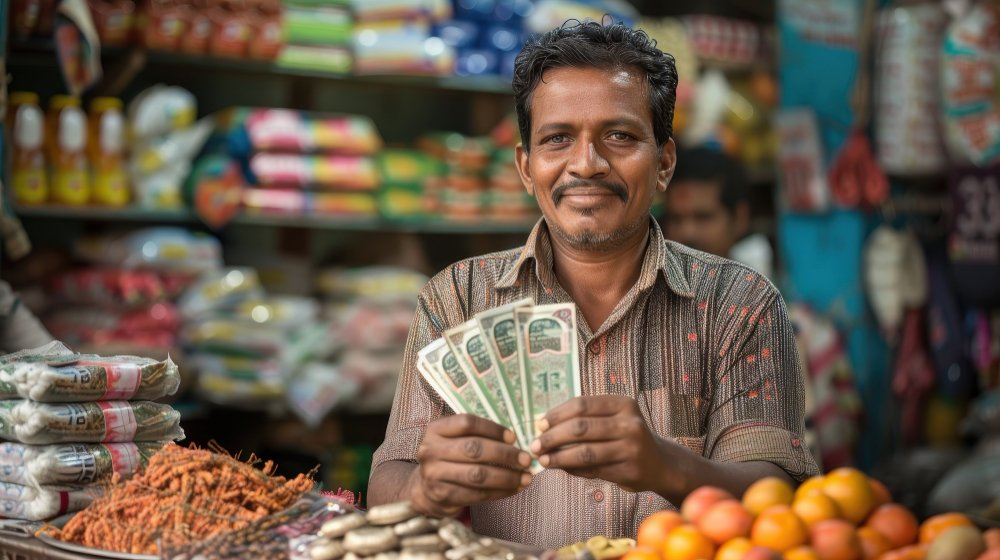INTRODUCTION
India, as a developing nation, grapples with the challenge of making healthcare accessible and affordable for its citizens. Despite the comparatively lower costs of medical treatment in India compared to developed countries, it remains a significant financial burden for many, particularly those residing in rural areas with limited access to quality healthcare. In this blog, we delve into the sobering statistics surrounding medical expenses in India and explore avenues for balancing these costs effectively.
Insights from Research of Medical Treatment
A report by the National Sample Survey Office (NSSO) in 2019 revealed stark realities: a staggering 85.9% of rural dwellers and 82.3% of urban residents lack any form of financial protection against health expenses. This means they must shoulder the entire burden of medical costs themselves. The NSSO report highlighted that out-of-pocket expenditure (OOPE) on health constituted a significant 67.7% of total health expenditure in India.
Further findings from the NSSO report underscored the discrepancy between rural and urban healthcare spending. On average, rural households spent Rs. 327 per month per capita on health, whereas urban counterparts spent Rs. 516. The report also highlighted the substantial gap in hospitalization expenses, with rural areas averaging Rs. 26,902 and urban areas Rs. 39,567. Such expenses often drive the high OOPE faced by many Indians, pushing them into financial distress.

Another study by the World Health Organization (WHO) in 2020 painted a concerning picture, revealing that India’s average OOPE on health stood at a daunting 62.6%. This figure surpasses other developing nations like China (32.8%), Indonesia (40.7%), and Vietnam (45.7%). Moreover, 6.1% of Indian households grappled with catastrophic health expenditures, defined as healthcare costs exceeding 10% of total household income.
The implications of such high healthcare costs are dire, with the NSSO report indicating that health expenditure-induced poverty affected 7.2% of rural and 6.6% of urban households.
Navigating Medication Treatment Costs
Medicines are indispensable to healthcare, yet their rising costs pose a significant challenge for individuals and families. Escalating prices compel some to make agonizing choices between purchasing prescribed medications and meeting other essential needs like housing or groceries. Such dilemmas can lead to adverse health outcomes when individuals forego necessary treatments due to financial constraints.

Food as a Cornerstone of Health
Nutritious food is the cornerstone of good health, yet the affordability of healthy options remains a concern. When faced with financial limitations, individuals may resort to cheaper, less nutritious alternatives, compromising their well-being and increasing the risk of conditions like obesity and malnutrition.

Striking a Balance
Balancing expenses on medication and food is crucial for maintaining overall health and well-being. While adhering to prescribed medications is vital, exploring cost-saving measures like generic alternatives and discount programs can alleviate financial strain. Similarly, prioritizing affordable yet nutritious food options such as fresh produce and grains ensures adequate nourishment without breaking the bank.
CONCLUSION
Investing in Good Health: the sobering statistics surrounding medical expenses in India underscore the urgent need for a comprehensive healthcare system that provides financial protection to all. By striking a balance between medication and food expenses, individuals can prioritize their health while mitigating financial burdens. Investing in good health today not only yields better health outcomes but also reduces long-term healthcare costs. Ultimately, a healthy populace is the foundation for a prosperous and resilient society.




